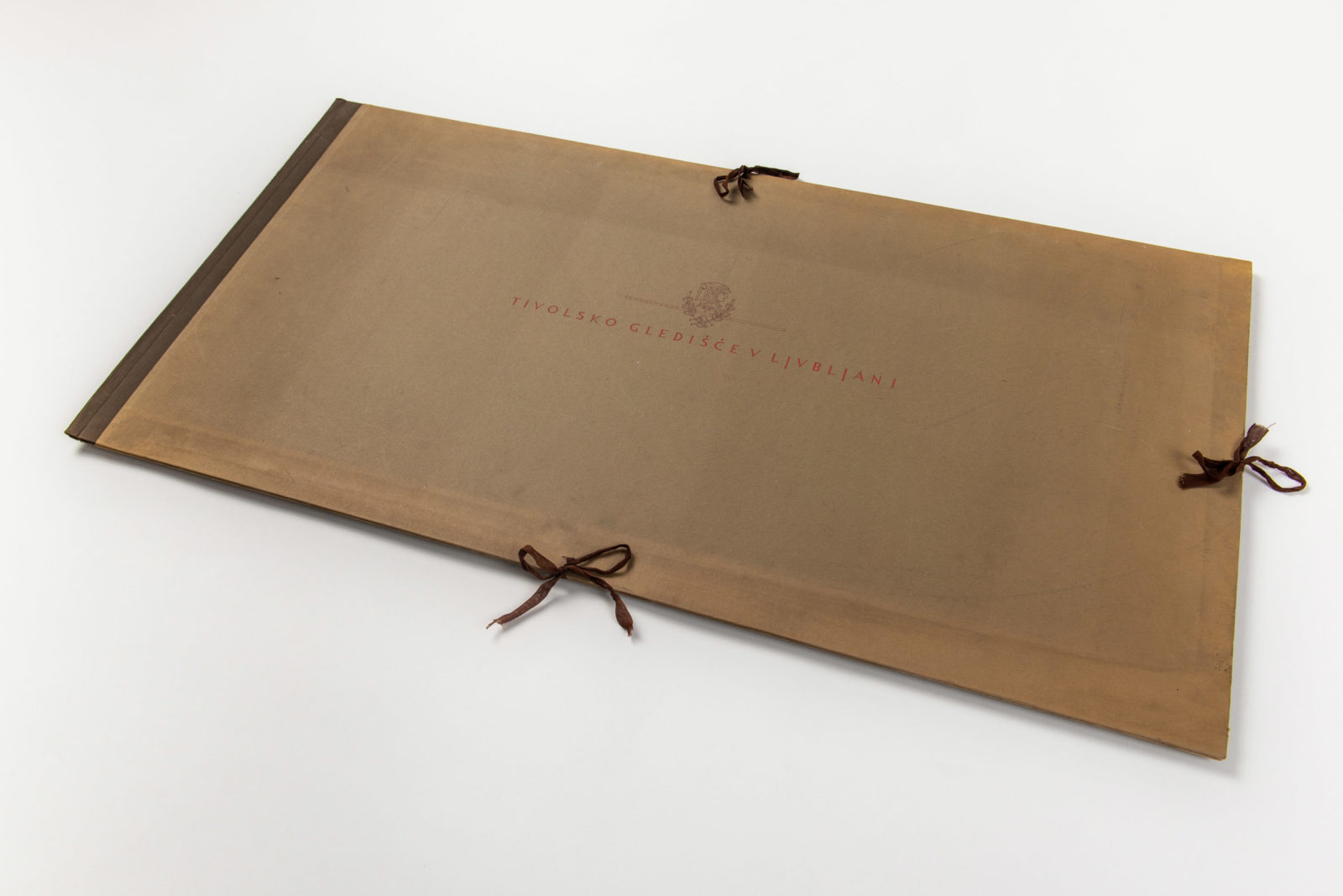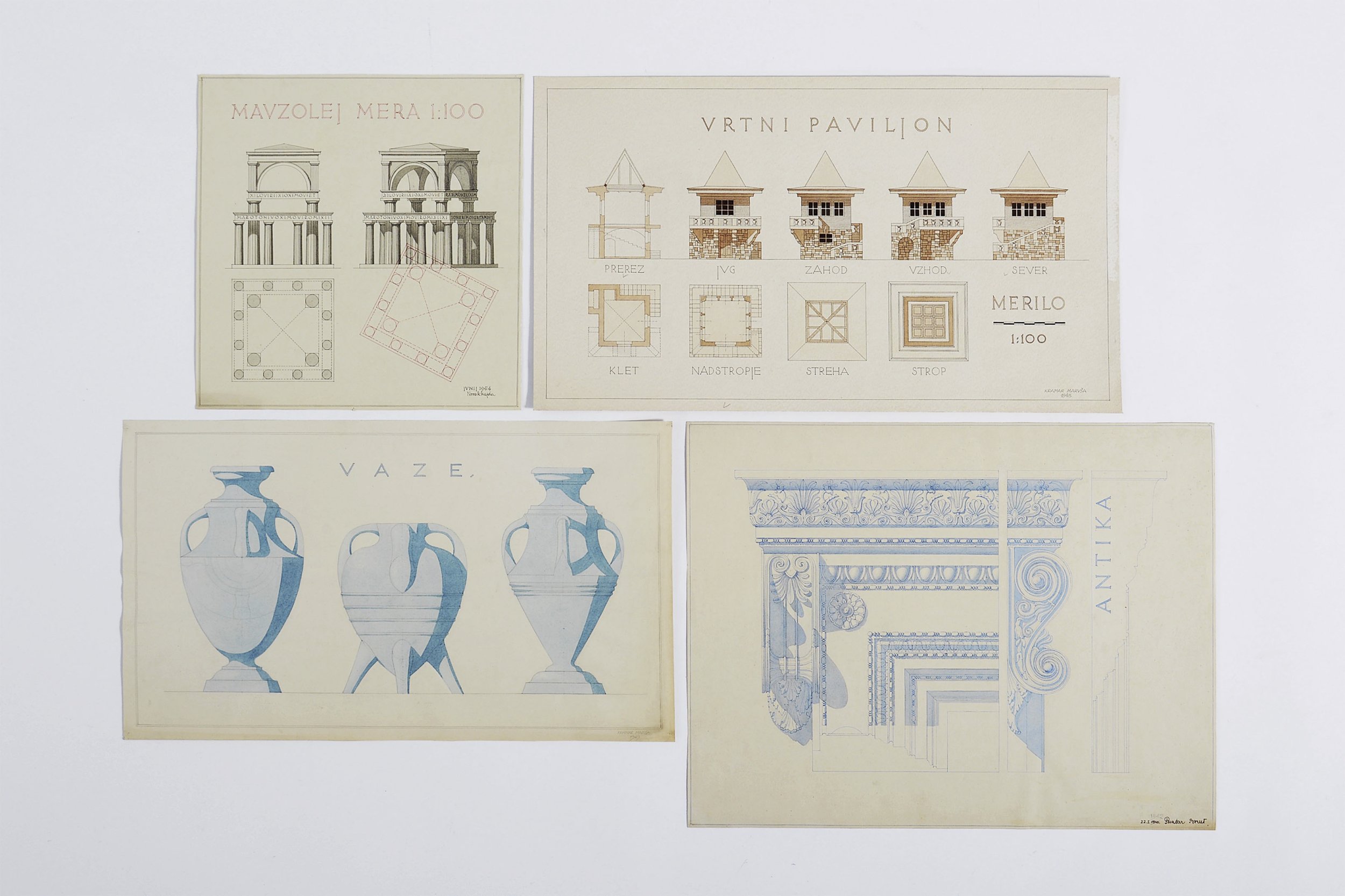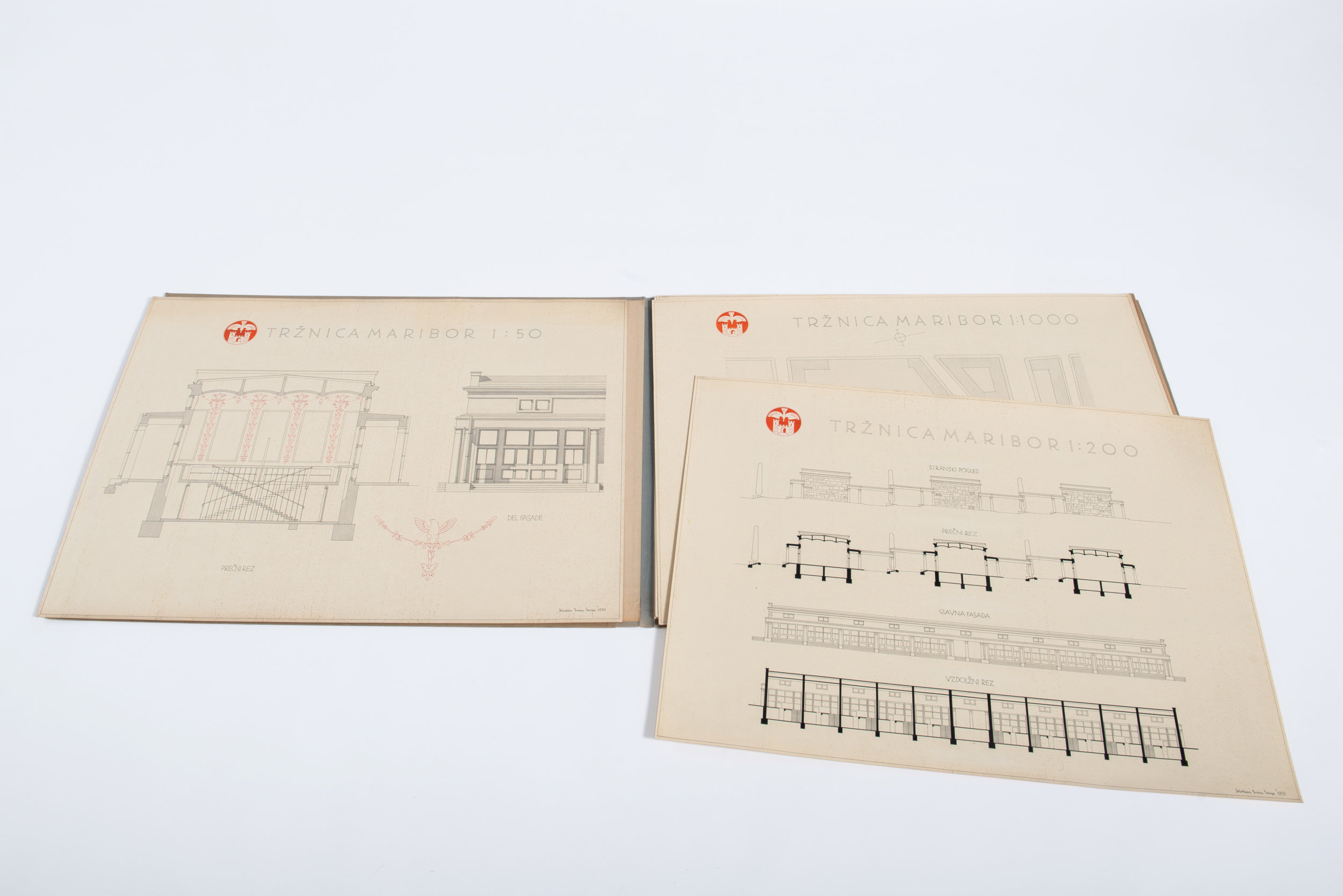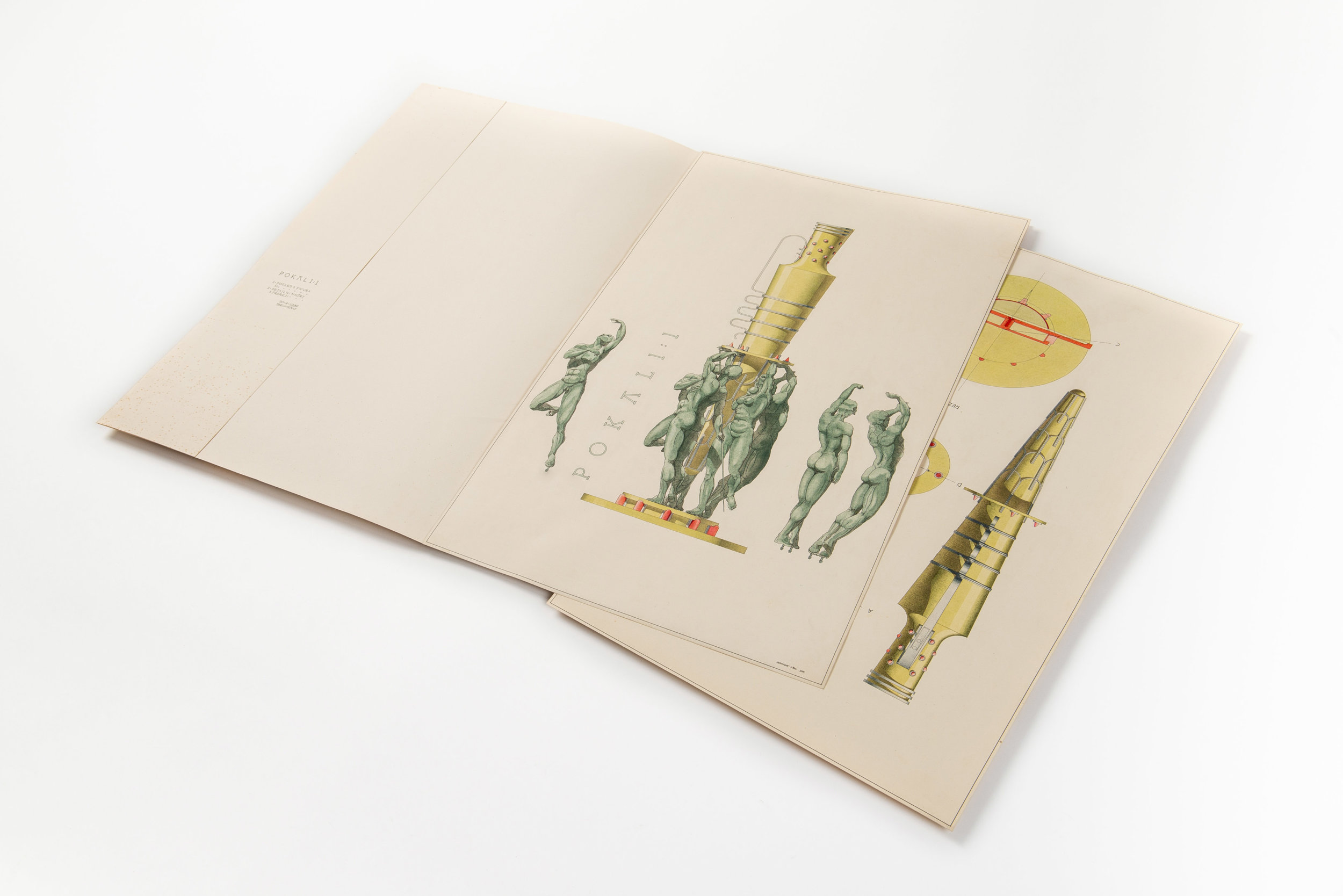Plečnik’s Room
On the 150th anniversary of Slovenian architect Jože Plečnik’s birth, the library of the Faculty of Architecture catalogued the literary materials found in the cabinets of Plečnik's room.
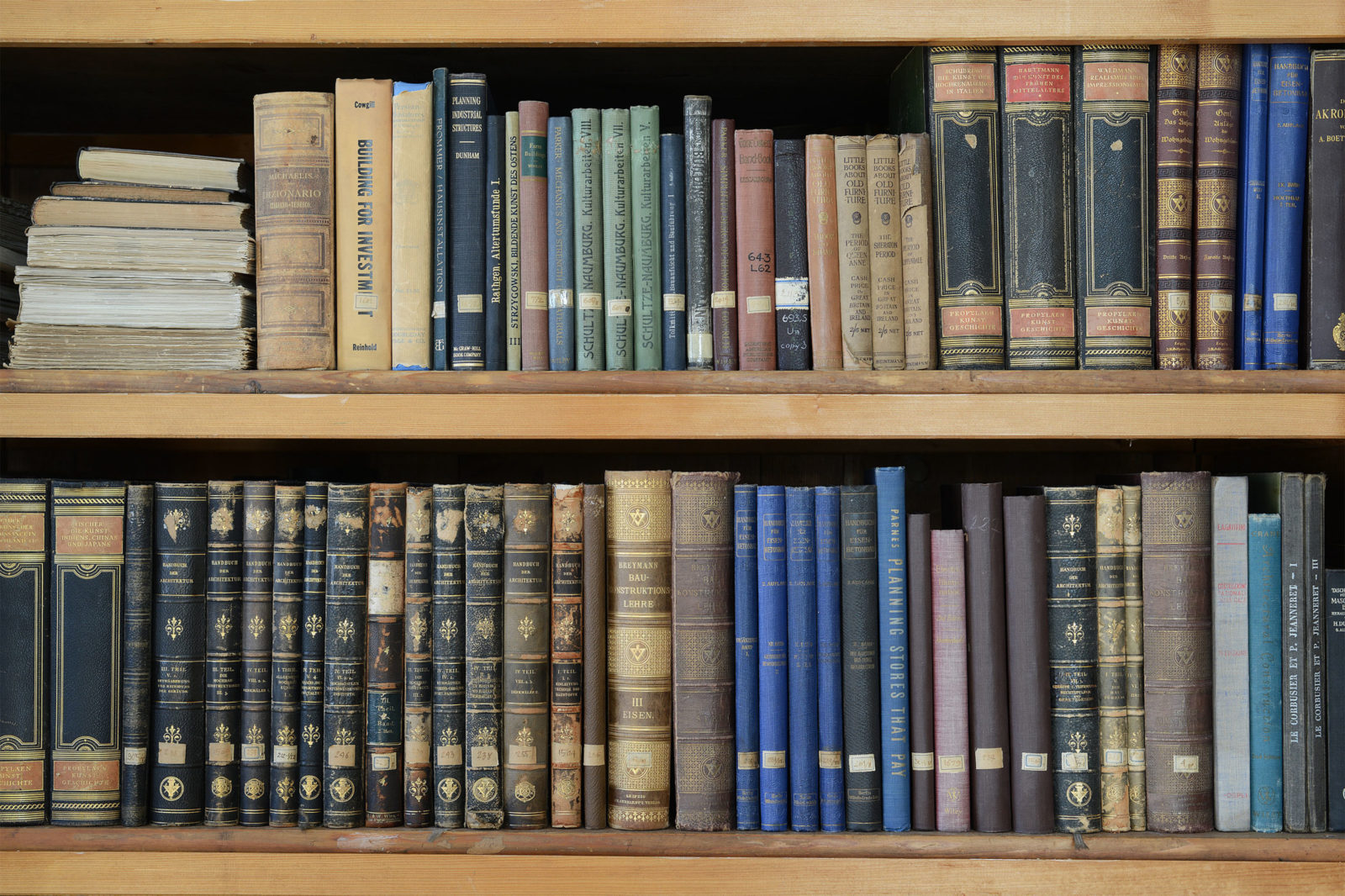
On this occasion, Ana Porok, curator for architecture and design at the Plečnik House, wrote that Plečnik, a full professor of architecture, began his teaching career in Ljubljana in 1921, leaving a lasting impact on the school with his both charisma and teaching methods. He taught architectural drawing, composition, and the study of architectural styles. In the wake of World War II in 1948, the school relocated from Stara Tehnika to “Graben” on Zoisova Street, where it remains today. Plečnik continued teaching even up until the final months of his life.
The focal point of the nine-semester-long study programme was the drawing room. Silence and concentration were written in stone here, where students from all years worked together. Plečnik expected and demanded regular attendance from his students. They were to draw with exceptional precision, leaving no room for deviations or personal improvisation. This approach brought drawing culture to its utmost limits. During the early months of study, students focused on the technical aspects of drawing: sketching, freehand drawing, lettering, shading, technical drawing, and descriptive geometry. To new students, Plečnik initially assigned simple projects in applied arts: a doorknob, candlestick, fence, cabinet, chair, followed by more sophisticated objects such as a vase, entrance, monument, ossuary, mausoleum, fountain… The assignments would gradually increase in difficulty, starting with interior design, then progressing to family houses, and finally churches and larger structures (schools, galleries, concert halls, fire stations…)
Through persistent practice, the students’ drawings eventually came so close to the professor’s that it was difficult to tell them apart. They had assimilated his way of sketching, even to the point of imitating his handwriting and the way he held his pencils. Plečnik would give his students sketches he’d penciled on translucent paper, which they then had to detail and carefully transfer to drawing paper in the right scale using ink. He closely monitored every detail.
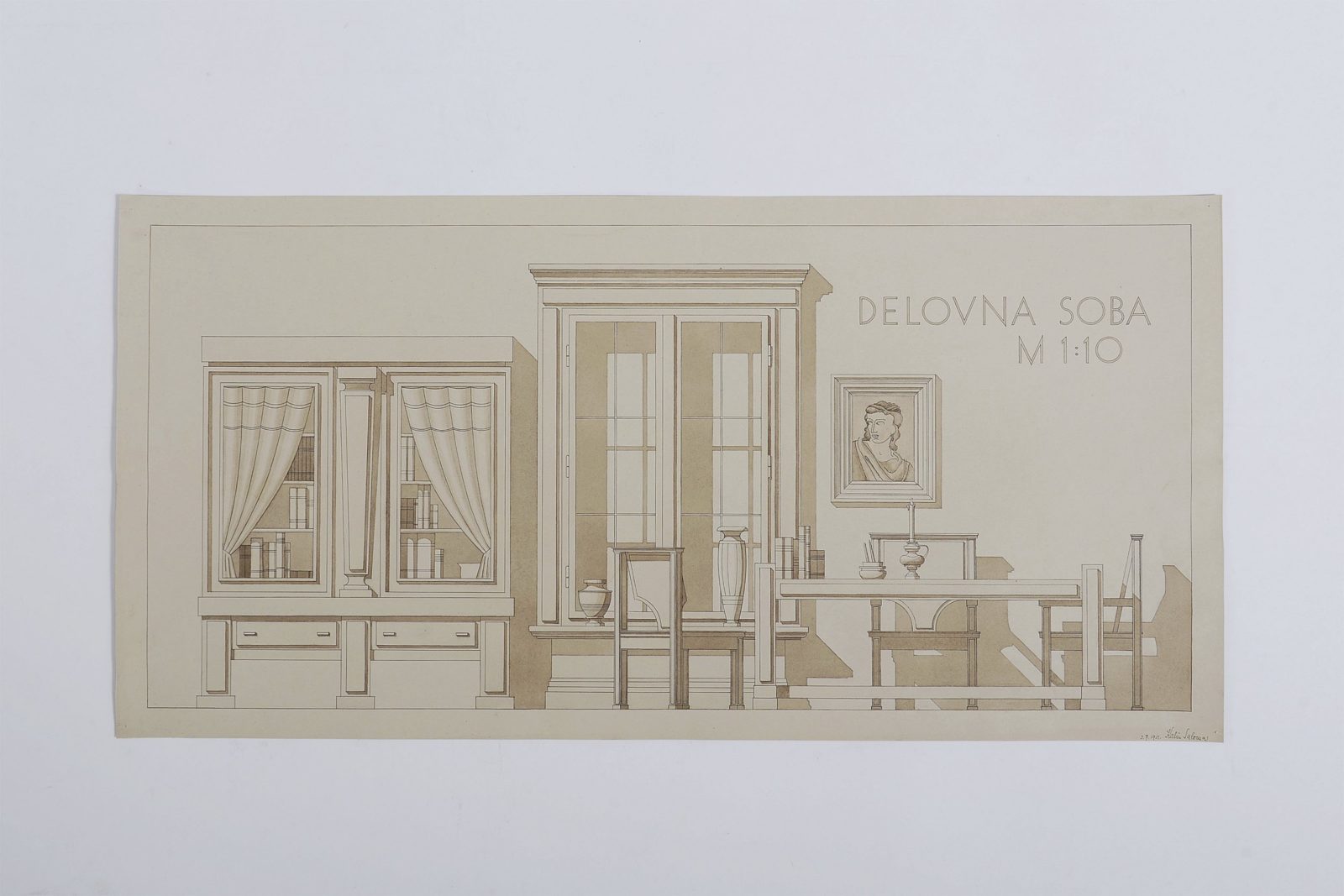
The materials Plečnik left behind after his death (1957) in his cabinet at the Faculty of Architecture in Ljubljana, offer a unique insight into the functioning, methodologies, and curricula of Plečnik’s school, namely in its post-war period. The collection comprises individual drawings by Plečnik himself, numerous drawings and projects made by students, as well as a few individual student theses from Plečnik’s final generation. Among the archived materials are also some books with dedications sent to Plečnik by Ivan Jager, an architect from the US. Lastly, several wooden, plaster, and clay models for specific projects have remained preserved.
